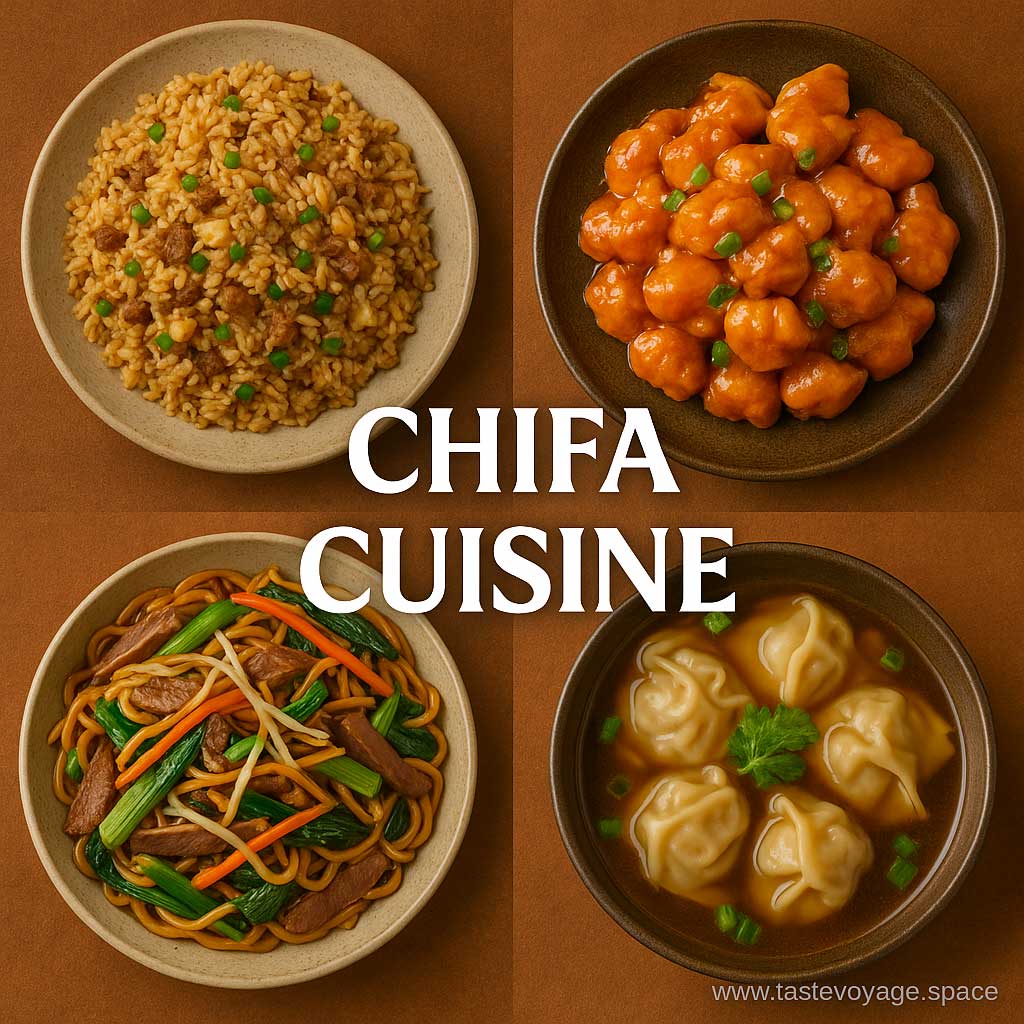Master Wok Cooking: Easy Guide for Perfect Stir-Fries
Travel the World Through Food >> Chifa Cuisine>>Peruvian cuisine>> Master Wok Cooking: Easy Guide for Perfect Stir-Fries
Master Wok Cooking: Easy Guide for Perfect Stir-Fries
Discovering the Art of Wok Cooking: A Cultural and Culinary Treasure
Wok cooking stands as a vibrant and integral part of culinary traditions across many Asian cultures. Renowned for its versatility and efficiency, the wok is much more than just a cooking vessel—it’s a symbol of culinary craftsmanship that has been refined over centuries. Embracing wok cooking opens a window into rich culinary heritages, where flavors meld seamlessly and techniques elevate simple ingredients into extraordinary dishes.
The Cultural Significance of Wok Cooking
The wok’s origins trace back thousands of years, primarily rooted in Chinese culinary history. Over time, it has become a universal icon of communal dining and culinary innovation. In bustling markets and humble kitchens alike, the wok embodies a spirit of resourcefulness, enabling cooks to prepare a variety of dishes quickly and efficiently. Its shallow, rounded shape allows for rapid heat transfer and stirring, fostering a dynamic cooking process that emphasizes speed and Technique.
The wok’s design reflects a deep understanding of the importance of balancing heat and movement. It encourages a lively style of cooking that promotes the sharing of flavors, making it a centerpiece in family gatherings and celebrations. Many cultures have adopted and adapted wok techniques, each adding their unique touches, further enriching its cultural tapestry.
Culinary Significance and Cooking Techniques
The wok is celebrated for its ability to infuse dishes with complex layers of flavor. It is particularly prized for stir-frying, where high heat and constant movement preserve the freshness of ingredients while developing savory aromas. This method enhances the natural tastes of vegetables, meats, and seafood, creating dishes that are both vibrant and nourishing.
Beyond stir-frying, the wok shines in a variety of culinary applications, including steaming, deep-frying, braising, and even smoking. Its multifunctionality allows chefs and home cooks to explore a spectrum of textures and flavors, making it an indispensable tool in Asian cuisine. The efficiency of wok cooking also aligns with sustainable practices by reducing cooking time and energy consumption.
A Global Culinary Icon
Today, wok cooking continues to influence global culinary trends. Chefs worldwide embrace its techniques to craft dishes that celebrate freshness, speed, and flavor. Its adaptability makes it suitable for a broad range of ingredients, fostering creativity in the kitchen.
More than a cooking method, wok cuisine embodies a philosophy of culinary artistry and cultural exchange. It invites cooks of all backgrounds to explore new flavors, techniques, and traditions. The wok’s enduring appeal lies in its ability to bring people together through shared meals and culinary discovery.
Celebrating the Wok’s Heritage
In essence, the art of wok cooking is a celebration of culinary heritage that emphasizes vitality, community, and innovation. Appreciating its cultural and culinary significance enriches our understanding of food as a universal language. Whether preparing a quick stir-fry or experimenting with new recipes, the wok remains a symbol of culinary ingenuity and cultural pride.
Discovering the beauty of wok cooking invites us to savor not just the dishes it produces but also the traditions and stories woven into every turn of the spatula. It’s an invitation to embrace a rich culinary legacy that continues to inspire cooks around the world.
